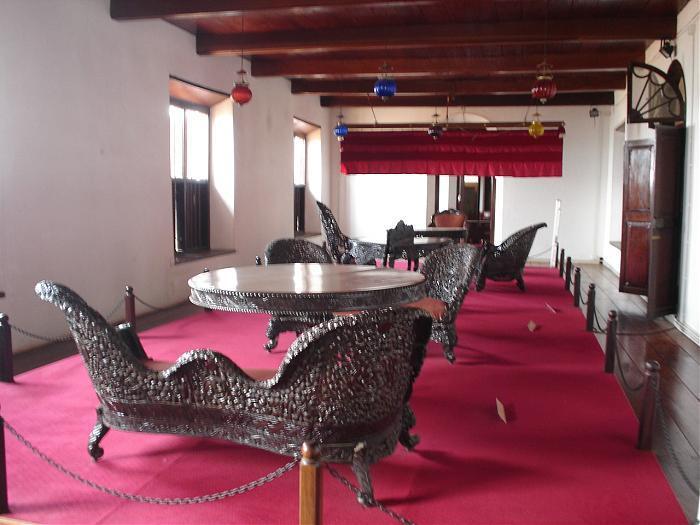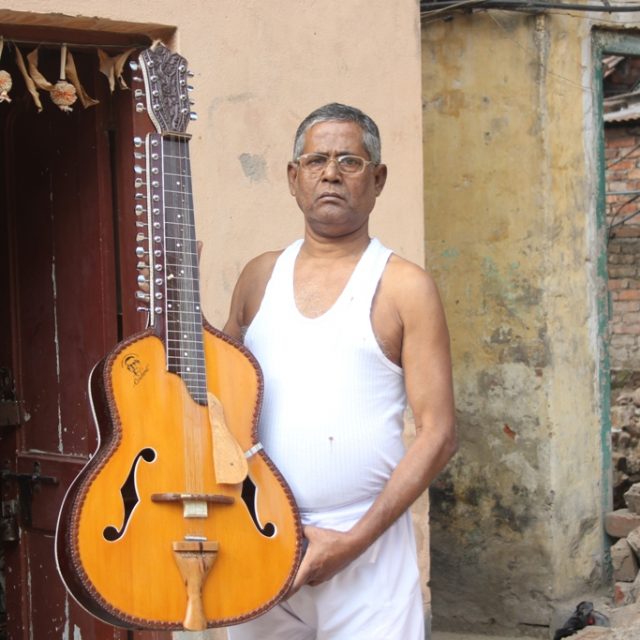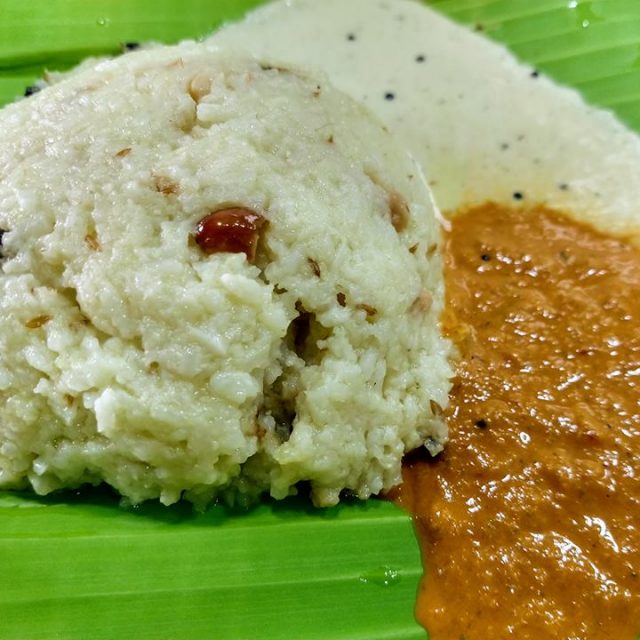Though few people know this, the northern part of Kerala has as much to offer a traveler as its southern counterpart.
Ask anybody about Kerala, and you are likely to hear about its backwaters and houseboats, its swaying palms, its beaches (especially Kovalam) and the dance form of Kathakali. Someone slightly more knowledgeable about the place would probably tell you about Fort Kochi and its old-world ambience (including Jew Street, which is the last remnant of a once-strong sub-culture of Kerala), the Ona sadya (the traditional feast served during the festival of Onam) and the annual boat races of Alleppey.
Over the years however, few visitors to Kerala have bothered to lift their gaze on the map of the state and look at what lies North of Kochi. If they did, they would be amazed at the wide spread of charms that the region called Malabar offers. Mountains, rivers, unspoilt beaches, forts, old-world towns, bazaars, museums, temples big and small….the region has something for every taste.
Malabar is the region that starts from Malappuram (just north of Palakkad) and stretches right upto the northernmost tip of Kerala. A princely state till 1956, Malabar is where Vasco da Gama first set foot in India in the fifteenth century, thereby laying the foundation for the ‘globalization’ of Kerala. Through the centuries, commerce has always flourished in the region. But when it comes to tourism, Malabar has always been like a bridesmaid – undoubtedly buxom and beautiful, but unfortunately left carrying the bride’s train.
So, the next time you think of visiting Kerala, don’t go with the herd. Go to Malabar. And you will come away charmed.
Here is a glimpse of the rich tapestry Malabar offers.
Kannur
Kannur was the seat of the Kolathiri rajas and the Arakkal dynasty. The main attractions in the town and the areas nearby are some beautiful beaches, temples dedicated to Muthappan (Lord Shiva in his incarnation as a hunter) and the enthralling dance form of theyyam.
Angelo Fort, a couple of kilometers from the centre of town, is a legacy of Kannur’s earliest foreign settlers – the Portuguese. The sprawling fort is rather well-maintained and offers a stunning view of the sea from its ramparts. One can sit for hours in the shade of the tree, gazing at the sea and pondering the imponderables.
Don’t forget to visit one of the beaches that dot the town. I particularly like the Muzhappilangad Beach and the Thottada Beach, especially the latter, since it is secluded. Visit a handloom weaving centre for some good bargains.
If you are culturally inclined, you should take in a theyyam performance at a local Muthappan kaavu.
Round off your stay in Kannur with a visit to the Arakkal Museum, a repository of royal possessions from the days of the Arakkal Dynasty. Fascinating stuff.
Kozhikode
What do I say about Kozhikode (anglicized by the Brits into ‘Calicut’, before our native nationalists restored the old name). For most tourists, it’s a jump-off point on the way to Wayanad or a snacking halt during the long haul over the mountains to Mysore or Bangalore. But pause awhile and look around, and you will see that Kozhikode throws up a mélange of flavours. For centuries, it has been the bustling capital of commerce in Malabar and is one of the oldest ports in Kerala. The older sections of the city are known for their bazaars and wholesale markets, where a bewildering variety of spices can be bought for reasonable prices.
The city is dotted with beaches like the Kappad Beach (which is the exact spot where Vasco Da Gama landed in Kerala), Kozhikode Beach and Payyoli Beach. When you have had your fill of the sea, you can head over to the bountiful hills for a dose of trekking and a bath in the Tusharagiri Falls.
And when the hunger bells toll, indulge in the culinary delights of Kozhikode. Head to Hotel Paragon on Kannur Road for some excellent Malabar biryani, appam and kadala curry. If you have a sweet tooth, lay your hands on some Kozhikode halwa.
Bekal Fort
Between the towns of Kannur and Kasaragod lies Bekal Fort. Around 300 years old, it looks like a giant key-hole when seen from above. Abutting the Arabian Sea, it stands like a proud sentinel, which indeed it was in the olden days, guarding the city from marauders approaching from the sea. I visited the fort when the monsoon was in full swing, and was greeted by the wondrous sight of a foaming sea and gigantic waves crashing into the walls of the fort.
Thankfully, the fort is well-preserved, and is high on atmosphere. You can see the tall observation towers, from where huge cannons used to be fired during battles.
Nilambur
Nilambur is practically hidden from the eyes of the world. Situated off the trunk route, it is a charming little town with an undulating terrain. Though its tree cover has reduced over the decades, it is still green enough to send you into a trance. Teak plantations abound, and so do old mansions. You can find the oldest teak plantation in the world – called Conolly’s plot – here. The place has a teak museum too.
In Keralan history, Nilambur has always been known for its kovilakams (stately manors, that were the residences of the princely families of yore. Here dwelt the thampurans and thampurattis). Built according to traditional norms of architecture, kovilakams are beautiful structures of wood and laterite. Inner courtyards, intricate etchings on the ceilings and extensive slat work are some of the hallmarks of these manors. Some of these kovilakams can be found even today, and are well worth a visit.
The forests of Nilambur are home to a number of elephants. Trekking along the elephant corridors is a delight. The best way to reach Nilambur is to go to Shoranur and then take the quaint rail route to Nilambur. It is just a short hop from Shoranur to Nilambur.
Wayanad
To be filled in.
If you are planning to fly down, you could enter Malabar at Kozhikode. If you are travelling by train, Shoranur Junction would be the right place to get off at. You can then start travelling northwards, covering Nilambur, Kozhikode, Wayanad, Kannur and Bekal Fort in that order.
All the places mentioned here offer a variety of accommodation options, though you should perhaps plump for the homestays. They offer the best combination possible: beautiful houses, old-world hospitality, solitude, good food and stimulating conversations with the host/hostess.
_______________________________________________________________________________



